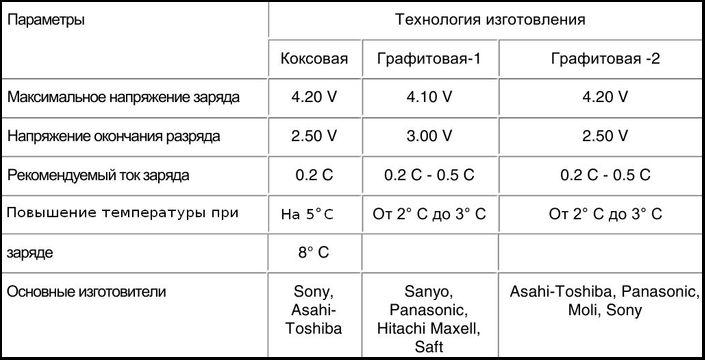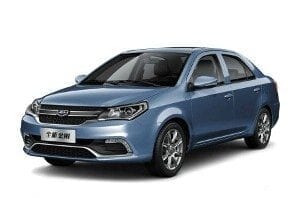
CATL boasts of breaking the 0,3 kWh / kg barrier for lithium-ion cells.
This is not the last piece of news, but we decided that given the growing number of companies working with CATL, it is worth quoting. Well, the Chinese manufacturer of lithium-ion cells has announced that it has overcome the 0,3 kWh barrier of energy per kilogram of cells. Exactly 0,304 kWh / kg was generated, which is currently a world record.
Modern Chinese Amperex (CATL) technology is at the forefront in the number of lithium-ion cells produced. However, the belief that Chinese cells are inferior to those of South Korean LG Chem, Samsung SDI, or SK Innovation persists. The company regularly tries to combat this opinion.
More than a year and a half ago, CATL promised 57kWh batteries in the BMW i3 – thanks to high-density cells. It has now been praised for creating a lithium-ion cell with an energy density of 0,304 kWh/kg. Moreover: leaks on this topic already appeared in mid-2018. The high energy density was obtained thanks to the nickel-rich (Ni) cathode and the graphite-silicon (C, Si) anode – so far the best result was considered the Tesla result, which reached a level of about 0,25 kWh / kg:

It is also worth noting that when using the same technology, the cells in the bag (bottom right) have a higher energy density. And all thanks to robust housings and large prismatic contacts (bottom, middle), which weigh more for the same power.
It is not known whether they are already mass-produced and whether new elements are being proposed. So far, only a certain stage of development has been reached in research and development.
> How has battery density changed over the years and have we really not made progress in this area? [WE WILL ANSWER]
Pictured: Lithium Ion Nickel Cobalt Manganese (NCM) CATL Cells (c) CATL
This may interest you:
